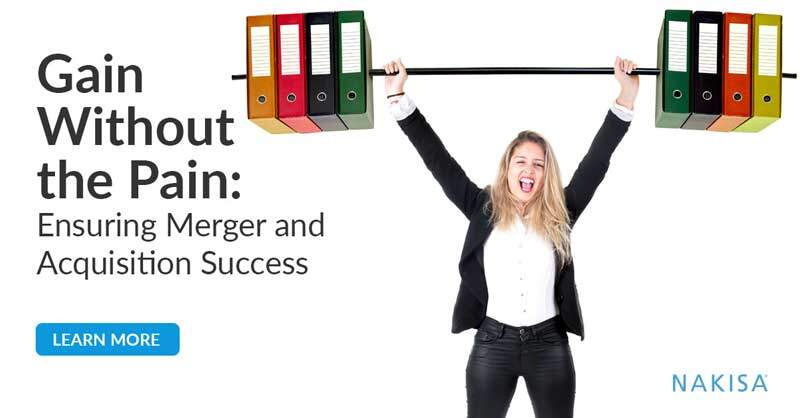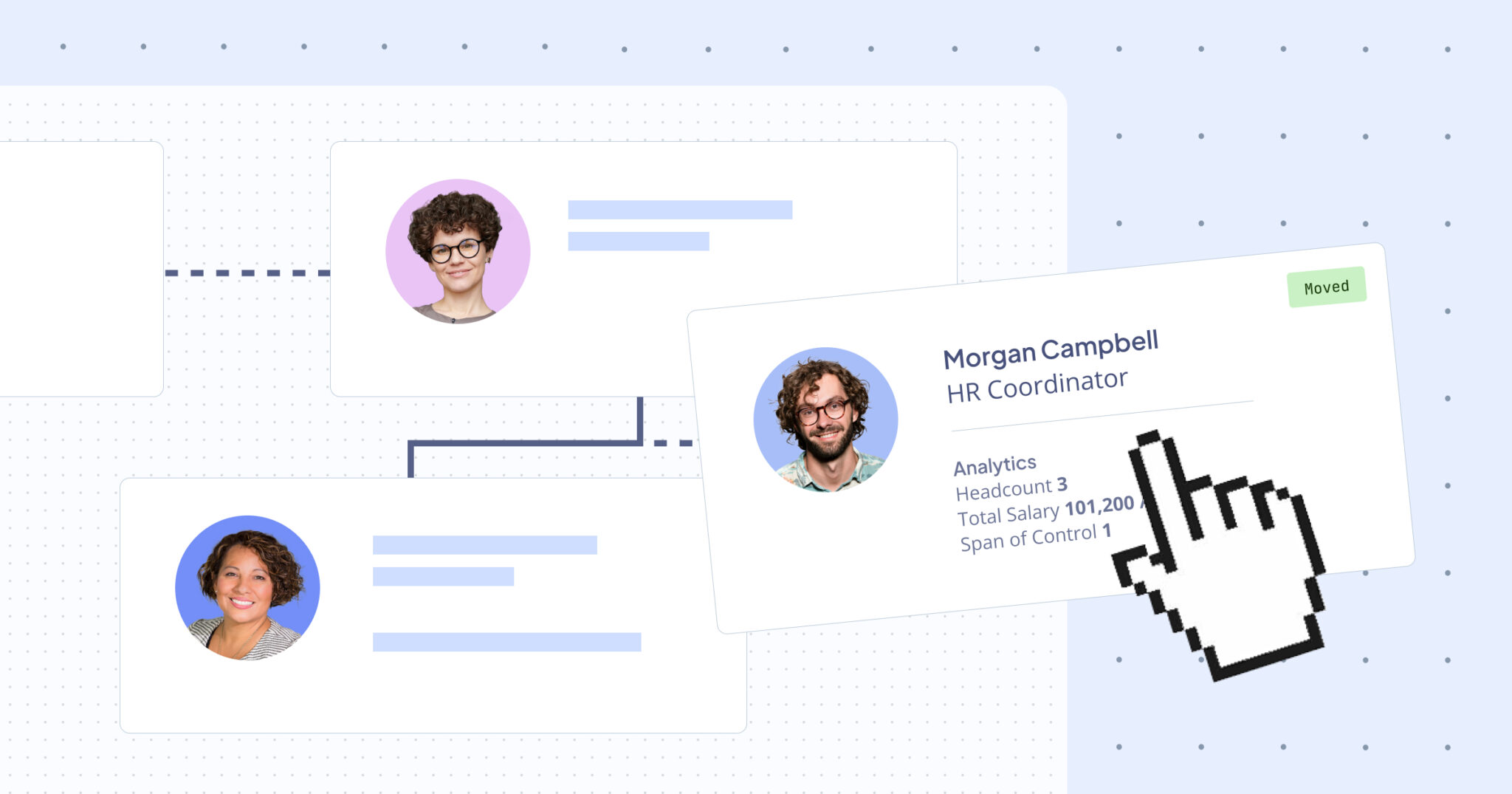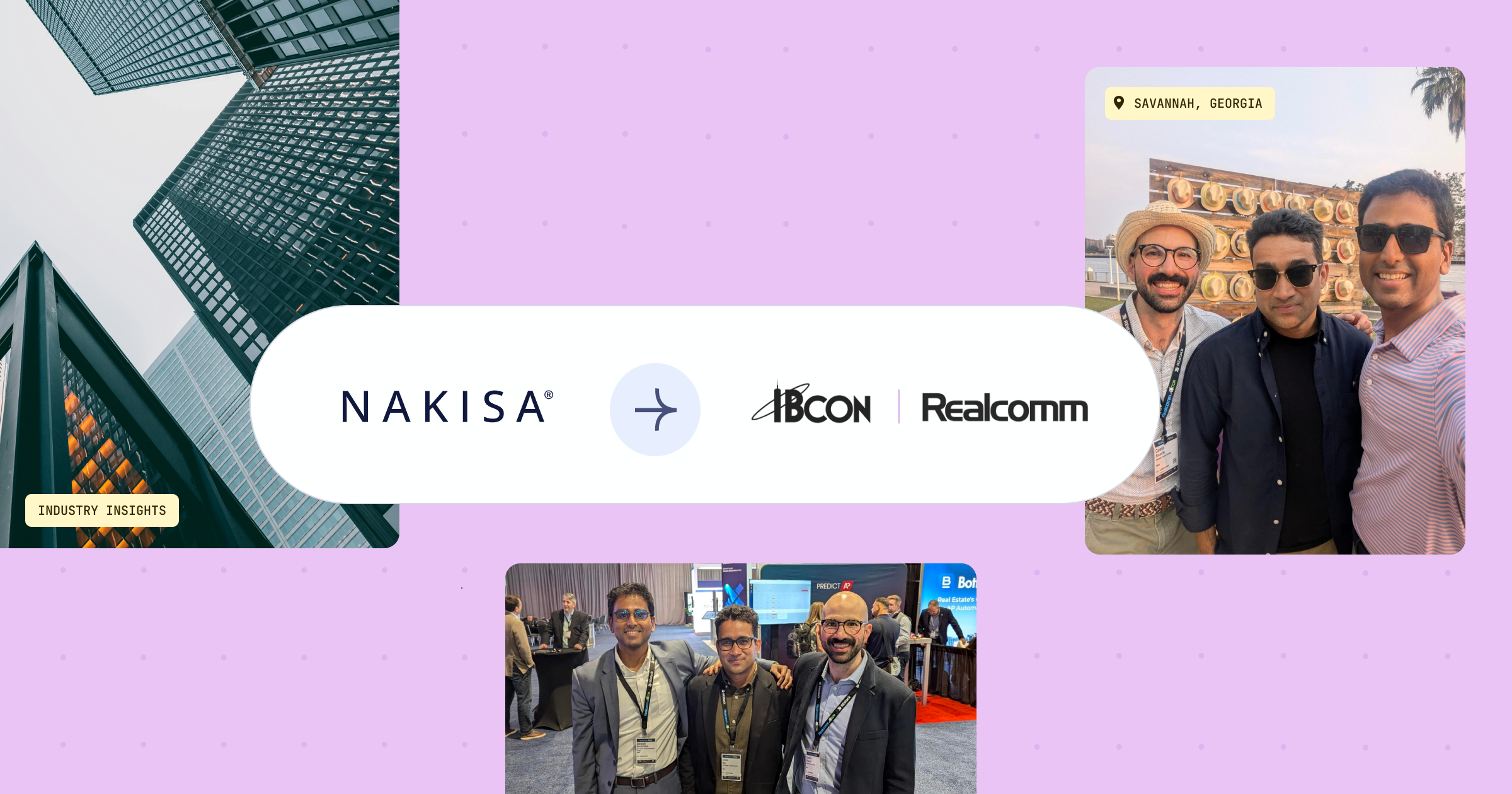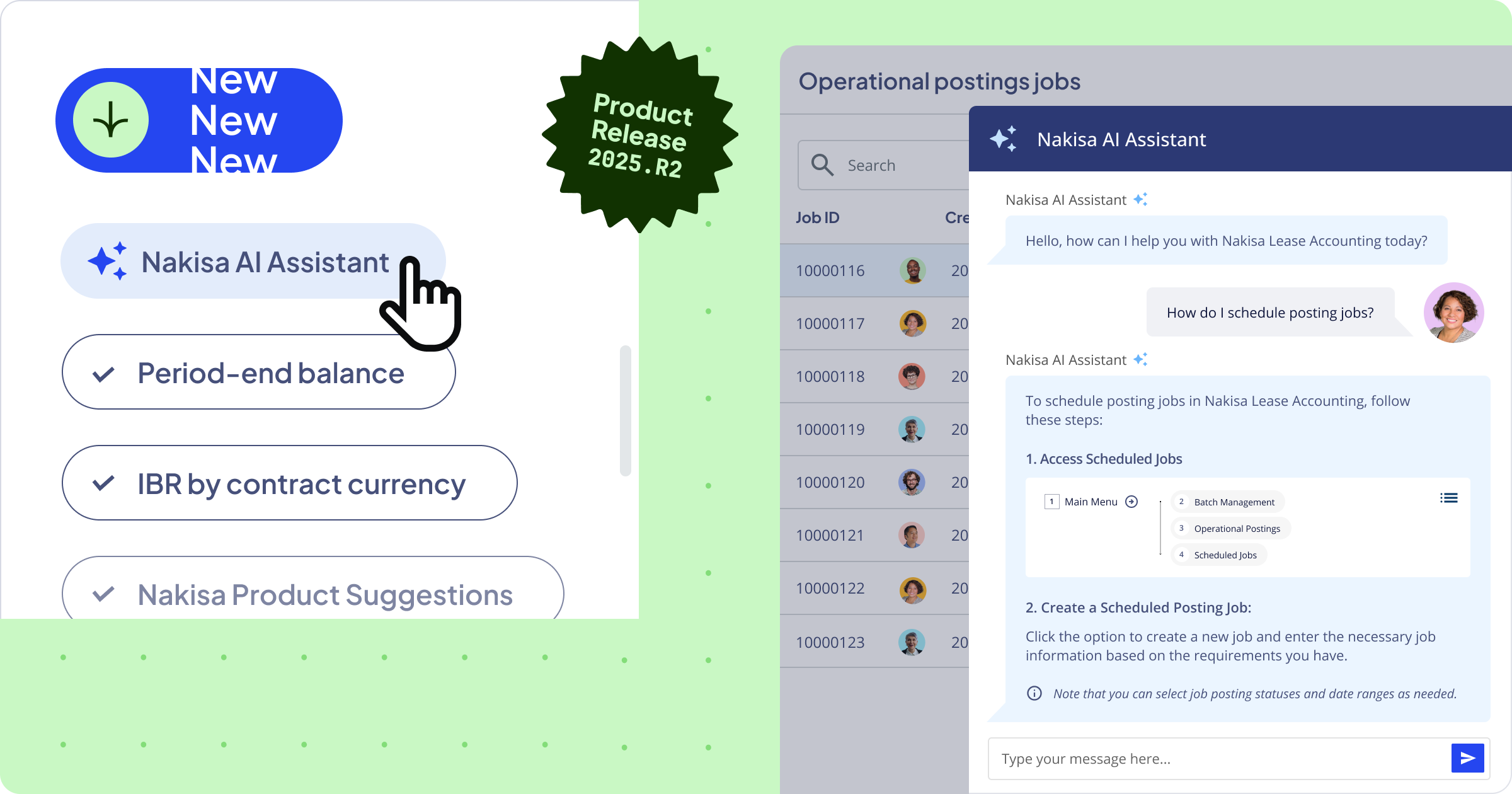Whichever side of a merger and acquisition your company is on, HR play a vital role in the smooth running of the whole process. So what pain points does this create for HR and how can you maximize success?
If you are a HR professional with a background in mergers and acquisitions, you will know all too well how disruptive the process can be. And, with the time consuming legal and financial aspects to manage, employees can sometimes become a last consideration.
Having a good HRIS alongside integrative specialized software can combat a lot of the workforce issues that arise during M&A, but there are many areas to take into account to ensure integration is a success
M&A can put HRIS to the ultimate test. So, what are some of the HRIS concerns during this process?
Incompatible with mergers and acquisitions
Some HRIS cannot grow with large scale M&A’s or integrate with other systems which will cause delays in what needs to be a speedy process. Trying to reconfigure the system or even having to invest in a whole new HRIS or software is costly and doesn’t do your brand reputation any favors.
Luckily, there is add-on software available on the market such as Hanelly, an organizational transformation suite that has been specifically designed to ensure integration during a M&A process is a success.
Inaccuracy
Companies maximize their ROI by integrating new business into existing operations as quickly as possible, but this creates an opportunity for inaccuracy with data gathering being rushed. Having a system that easily collates stored data in real-time is a solution to this. However, with limited HR information systems that can perform in this way you need to invest in the right software to allow you to implement your optimal operational model faster.
Another pain point comes from outsourcing solutions, which create difficulties when gathering all of the data together accurately for system integration. Companies tend to offer severance packages which outsource benefits such as health insurance, dental plans and outplacement services. If there are layoffs due to the M&A, you will need to consider these on-going costs even after the employee has left the organization which can be managed easily with the right HR tech that places a key focus on integration.
Compliance
Large scale or global acquisitions create unique challenges, as some areas that are compulsory for compliance in one country may not be in another. That means the HR information system you have may be set up without a focus on features that are important for audit purposes elsewhere, leaving you in breach of compliance laws. Your HRIS needs to be able to adapt to these changes as and when they arise.
Research conducted in a study named ‘Making Acquisition Work: Capturing the Value of the Deal’ showed that it is vital for companies to link effective strategic formulation, pre-merger planning and post-merger integration together to achieve success after the M&A has taken place. Doing this manually would take up a huge amount of time and resources and with no HR information systems able to model future states based on different scenarios, it would be worthwhile looking into technology that lets you view the overall picture at any time during the M&A process.
So how is this achieved?
Organizations tend to hire the help of an M&A consultant. However, whilst that is a wise move to handle the legalities and negotiate terms, a consultant alone is not enough to guarantee success across all aspects of the process. As part of a solid strategy, you need a combination of an experienced consultant, a small but skilled workforce and good tech such as an advanced organization transformation system which can:
- Ensure a smooth transition ahead of time (some up to 3x faster!)
- View both companies analytical data in real-time, for easy comparison
- Easily assign skilled workers to their designated roles during the M&A
- Communicate changes for management to roll out, with the help of HR
- View, amend and implement the best structures possible
- Keep integration synergies on track
- Fact based decision making for increased accuracy
By eliminating the tedious but necessary manual tasks, it allows HR to focus on implementing the main aspects of the M&A, maximizing the chance of a successful and easy integration.
Have you encountered challenges during a Merger and Acquisition? If so, we would love to hear how you overcame them!





